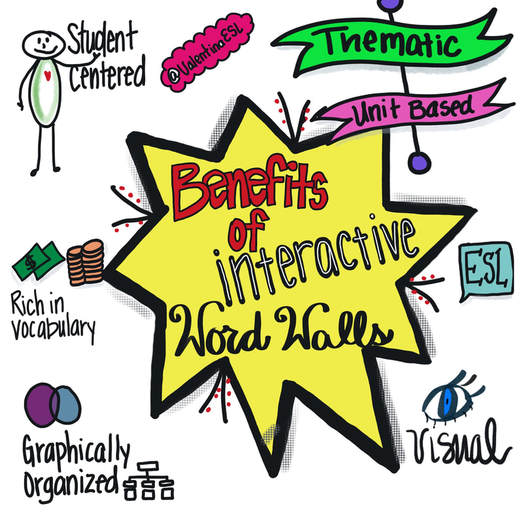|
There are many ways to unlock the potential of our English language learners (ELLs). In this post, I will share with you my favorite 4 instructional techniques. These are the KEYS to unlocking the potential of all students. At first glance, you may say, "I do all of these." But take a close look. Examine how to maximize these 4 techniques so they create an environment where all students THRIVE!
This is a post I wrote for Tan's Blog. It was shared on EmpoweringELLs in May 2017.
When I stop to reflect on what is BEST practice for my elementary ELLs in reading, writing, listening, and speaking, the answer comes to me quite clearly…the workshop model. Why? What I know about the needs of my ELLs is that they require explicit instruction, modeling, guidance, routine, and practice. Here’s how the reading and writing workshop models promote progress for ELLs in listening, speaking, reading and writing. I asked Tan Huynh, secondary ELT (English Language Arts Teacher) and educational blogger, to share with us how he engages his ELs at the secondary level. Here's what he said.
Middle and high school students need a good reason to learn. Raging with pubescent hormones, they want to fluff their feathers and display their prowess, while at the same time living in fear about doing it. Nothing engages them more than an opportunity to express their uniqueness to make a real difference. So, as teachers, we need to find a way to give them one. We need to use problem-based learning (PBL). What does it mean to make content comprehensible?
Imagine for a moment that you are sitting in a classroom in a foreign country surrounded by new classmates and a teacher speaking a language that you don't speak. Keep in mind, you have to stay all day and you are expected to follow directions, do the work, and understand the language. How would you do? Would you become frustrated? Would you get off task? Maybe begin to fidget, doodle, or get mad? Sometimes when our ELLs experience this, they react in ways that we may not understand. Learning a new language, culture, and content is not an easy task by any means. It's important that we respect the job they are doing and support them through it. The best way to support their content needs is to make content comprehensible. What kind of word wall is on your walls? Does it support your learners or is it just there as part of the wall paper creating wall pollution?
Let me tell you first hand...I used to have a traditional word wall and I wholeheartedly thought I was doing what was best for my students. It was alphabetical and I put words on it that were Tier I, Tier II, and Tier III (thinking that I was supporting everyone). I tried playing games with my students using the word wall and I even let them add their own words to it so they could take ownership of the wall. But as a lifelong learner I embrace new information and when I find something that is better for students, I recognize it. Recently I learned about Interactive Word Walls from Dr. Julie Jackson. She is a professor at Texas State University and travels to deliver professional development regarding these amazing word walls. Her expertise is in the field of science but I think the word walls can work in any content area. |
Categories
All
|






 RSS Feed
RSS Feed
